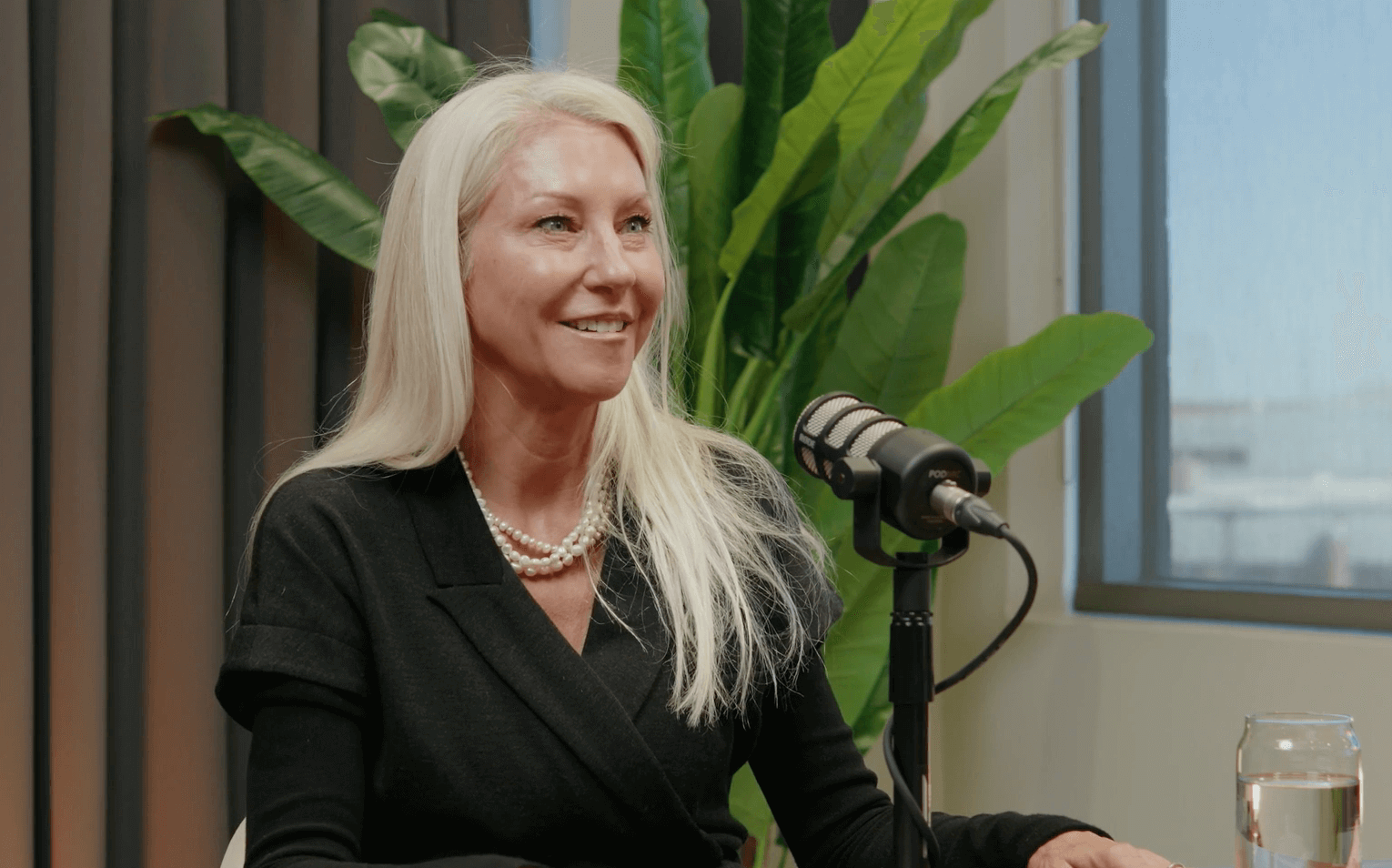Guest: Isabelle Paradis, First Vice President of Supply Chain, MIP Inc.
Written by: Claudine Fyfe, President of Fynlam
Watch the video to discover essential strategies for effective supply chain risk management with Isabelle Paradis, First Vice President of Supply Chain at MIP Inc. In this episode of Procurement Success: Shared Secrets, she explores the challenges and solutions that help procurement professionals ensure organizational resilience.
Interconnected risks: A holistic vision
Isabelle explains that financial, operational, regulatory, and reputational risks are often interconnected. A financial failure at a supplier can lead to operational and reputational issues. She describes this interdependence as a “magic triangle,” where procurement, finance, and legal must be managed together to minimize negative impacts.
“Poor management in one area inevitably affects the other two.”
Different categories of risks
- Financial risks
Controlling costs while maintaining competitiveness requires analyzing the total cost of ownership (TCO) and assessing suppliers’ financial stability. To overcome suppliers’ reluctance to share financial data, Isabelle suggests confidential discussions between financial directors, fostering long-term trust.
- Operational risks
Anticipating operational risks involves regular supplier site visits to identify natural and logistical hazards (seismic zones, fires, etc.). She also recommends using the Kraljic matrix to classify suppliers based on their criticality and implement appropriate strategies, such as long-term contracts or contingency plans.
-
- Legal and regulatory risks
Legal compliance is crucial to avoid litigation. Isabelle emphasizes clear contractual terms and cites the example of strict wood regulations in Australia. Collaboration with the legal department is essential to minimize risks and educate suppliers on internal requirements.
- Reputational risks
Social media amplifies the consequences of poor supplier management. Isabelle recommends rigorous audits and inspections to ensure compliance with quality standards. She illustrates this with a successful intervention at a factory, where better signage helped prevent accidents and lawsuits.
Key actions for proactive risk management
- Risk anticipation
Isabelle advises mapping geopolitical risks and anticipating disruptive events. Close collaboration between finance, operations, and procurement optimizes risk management strategies.
- Strengthening supplier relationships
Transparency and continuous dialogue are essential. Isabelle advocates for regular audits and quarterly meetings to assess supplier performance and adjust strategies accordingly.
- Using predictive and technological tools
Predictive technologies help anticipate raw material price fluctuations and adjust strategies before a crisis occurs. While they do not replace human expertise, they provide valuable support for informed decision-making.
- Diversification of supply Sources
Reducing dependence on a limited number of suppliers or geographical regions enhances supply chain resilience and ensures operational continuity in case of unforeseen events. Diversification of its supply base is more than ever a must for all organizations that wants to end dependency of specific markets or countries.
A strategic role for business sustainability
Procurement professionals play a key role in organizational stability. Isabelle concludes by emphasizing their strategic impact:
“Up to 60% of a company’s expenses go through a buyer’s hands. It is essential to acknowledge our added value and showcase it at all levels.”
In an uncertain world, these experts are not just negotiators; they are true architects of organizational resilience.
Plan, structure, and maximize your performance from the first quarter with our Strategic Guide for Procurement Professionals and Executives. Download it now!



